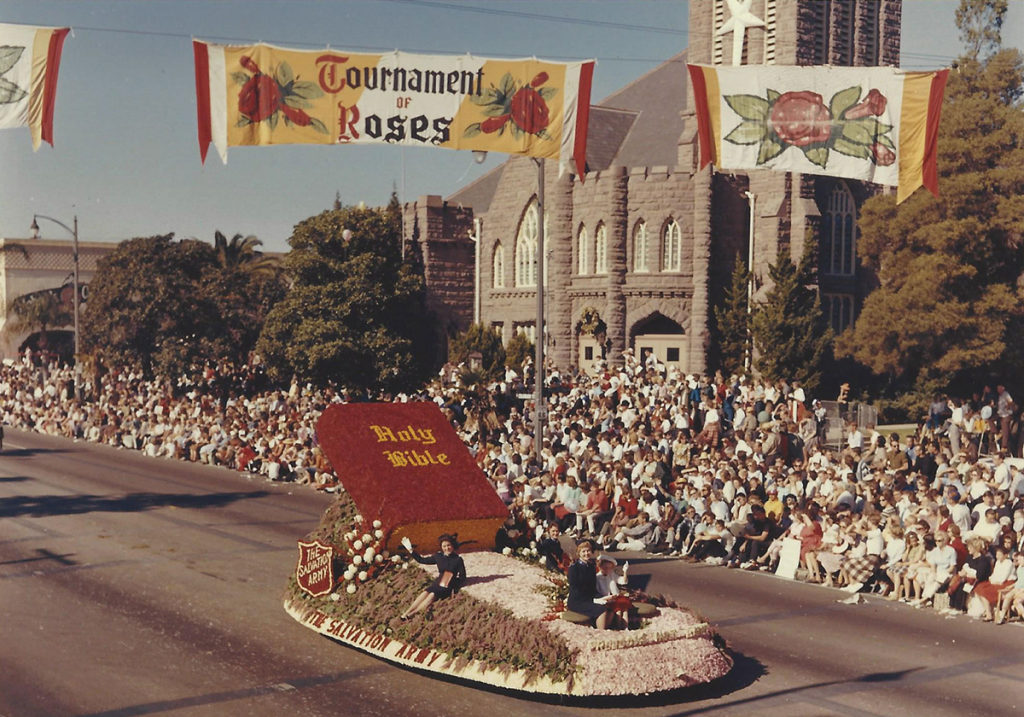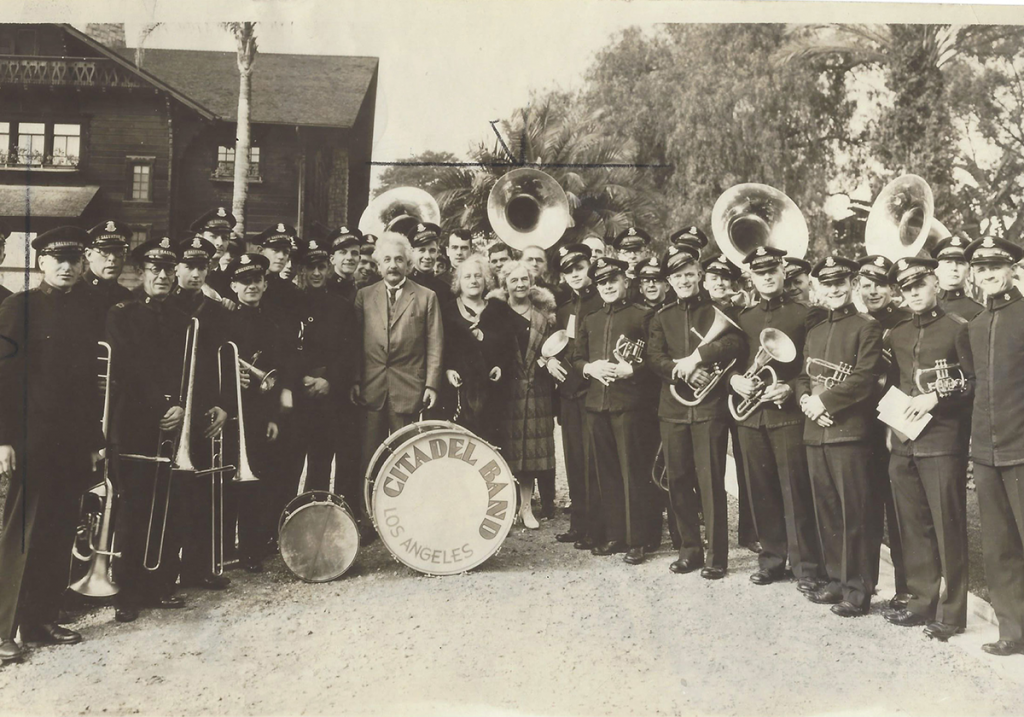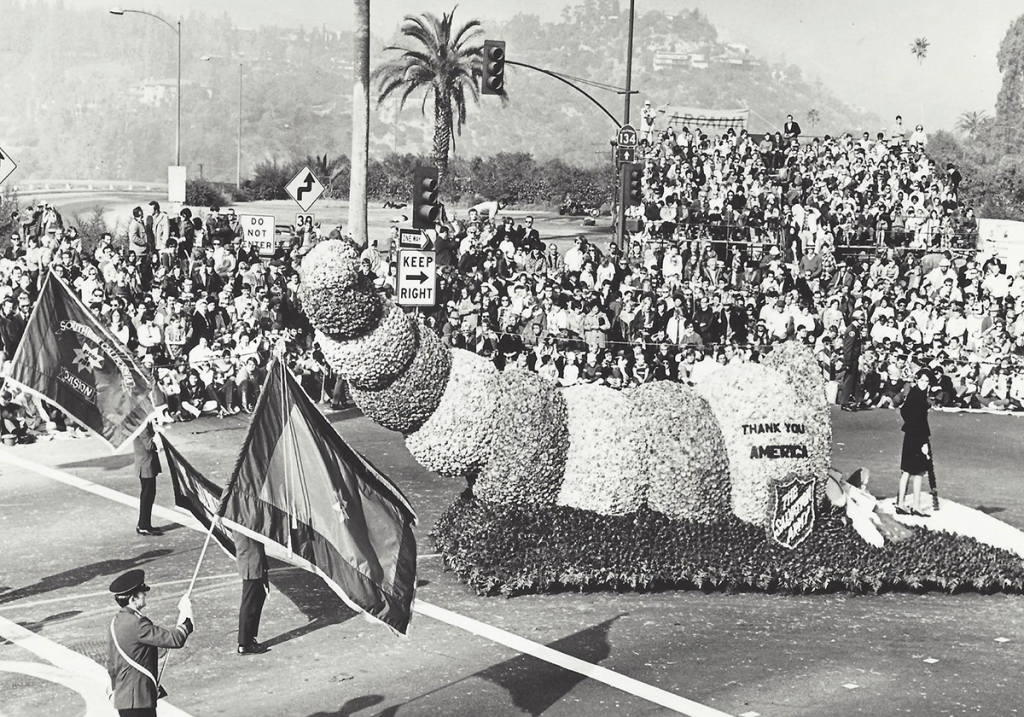The Salvation Army Reaches a Unique Milestone: Rose Bowl 100
“The Salvation Army marching band represents more of what used to be outside ministry, which the Salvation Army bands used to do...”
This year marks the 100th consecutive year that The Salvation Army has participated in the Tournament of Roses parade in Pasadena, California. The Salvation Army brass band is the first and only marching band to reach this milestone.
Normally, the band is made up of representatives from the four USA territories, and occasionally, an international guest band is added to the contingent. However, this year, to celebrate the centenary, 340 young people from around the world will be joining together to form the 2019 group. The young musicians represent six continents and nine different countries.
The Salvation Army is active in 131 countries around the world, and the worldwide delegates will participate in the Rose Parade, as well as a week-long intensive music school. Two concerts are planned at the conclusion of the music school.

But where did it all begin? On Jan. 1, 1920, a brass band of The Salvation Army, led by Bandmaster Harold Gooding, began this century of service. In its first year marching in the Rose Parade, The Salvation Army band consisted of approximately 40 members. Since marching outdoors came naturally to The Salvation Army, Gooding decided to contact the organizers of the parade.
At the time, The Salvation Army was internationally recognized for its work during World War I. The “Army” was popular. Commander Evangeline Booth still led the United States Territory after 16 years and would continue to do so until 1934. She received the praise of Congress, and General John J. Pershing awarded her (and The Salvation Army) with the Distinguished Service Cross. The organizers of the Rose Parade immediately said, “Yes!”
Since The Salvation Army’s first appearance in the parade in 1920, there have been many changes to the band. In the beginning, the groups were smaller, but as the parade grew in scope and popularity, so did the band.
In recent years, the band has averaged between 220-250 members. The Salvation Army has prided itself in drawing young musicians from all over the United States. However, the band was not always the only representation in the parade. In the early days, The Salvation Army also noted its presence in the parade by entering a traditional floral float.
William Flinn (OF), retired executive director of the Pasadena Tournament of Roses Association and a life- time Salvationist, said, “The Salvation Army had a floral float in the parade as well as a marching band, but that changed in the mid 1970s. I think
that the Salvation Army band is potentially more representative of The Salvation Army’s mission than a floral float.”
Flinn was involved with the Tournament of Roses Parade for over 30 years. As a fourth-generation Salvationist, he has witnessed the Army’s involvement in the Rose Parade and is well versed in its history. In 2015, the Army honored Flinn with the prestigious Order of the Founder (OF) award.
One of the key ministries of The Salvation Army is music. Each year, hundreds of young people attend summer music conservatories and continue with weekly practices and rehearsals at their local corps. Music is an important part of Salvation Army worship.

“The Salvation Army marching band represents more of what used to be outside ministry, which the Salvation Army bands used to do,” Flinn said. “They would march from The Salvation Army to a street corner and would hold an open-air service to encourage people to consider the Lord Jesus Christ as their Savior. So, it was sort of natural that if a large parade were being put together, The Salvation Army would look for that opportunity to be of a ministry in the parade. Rather than a performance, [it was] an outreach to acclaim the good news of the Lord Jesus Christ.”
This article was published in the January 2019 issue of The War Cry.







